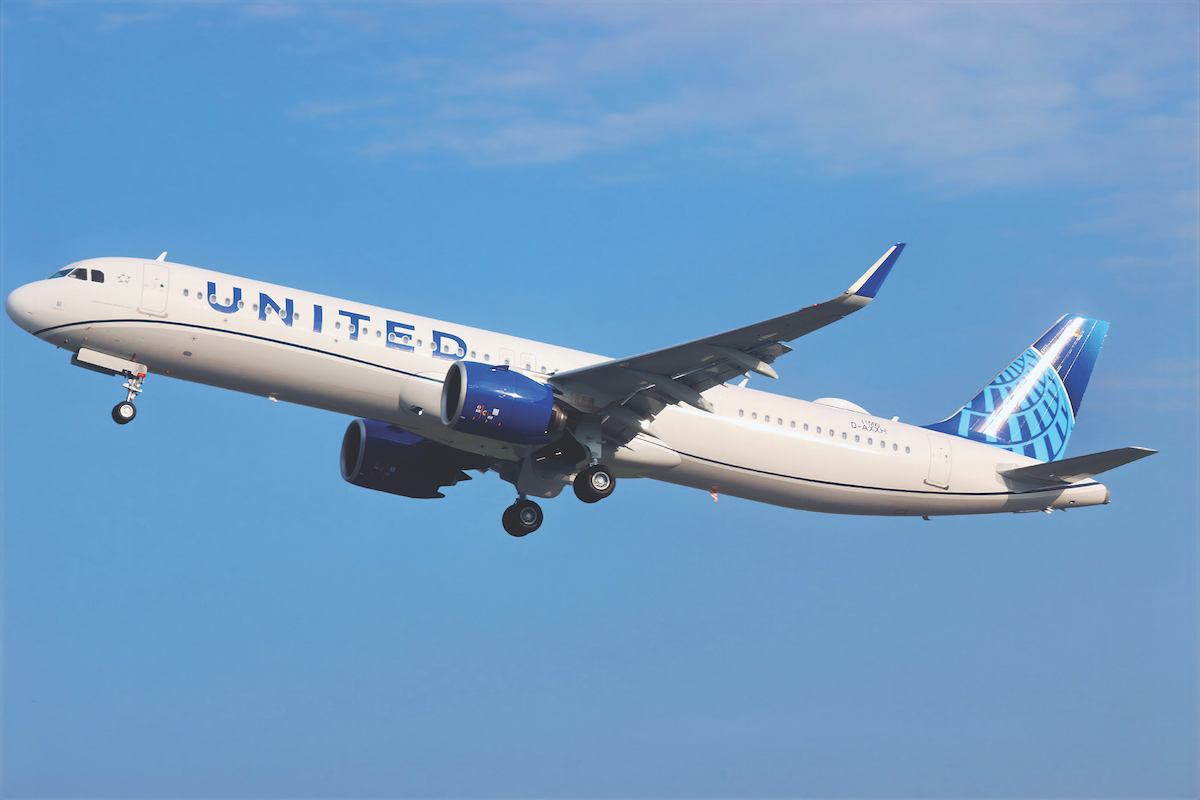United Airlines Buys 110 Airbus and Boeing Planes Amid Persistent Capacity Constraints

Skift Take
United Airlines is betting that the constraints limiting airline schedules will persist for years, and it's responding with a new order for 110 Airbus and Boeing planes.
The deal is for 60 Airbus A321neos and 50 Boeing 787-9s for delivery between 2028 and 2031, the Chicago-based carrier unveiled Tuesday. It also includes 40 additional purchase rights for the A321neo and 50 options for the 787. The orders build on ones United placed with Airbus and Boeing for narrowbodies in 2021 and primarily widebodies in 2022.
The orders are driven, in part, by United's need to replace older planes by the end of the decade, as well as grow at capacity-constrained airports around the world. Those constraints include the air traffic controller shortage in the U.S. and Europe, and government restrictions to achieve climate and other goals – for example, the Netherlands' plan to cut flights at Amsterdam's Schiphol airport next summer.
F
